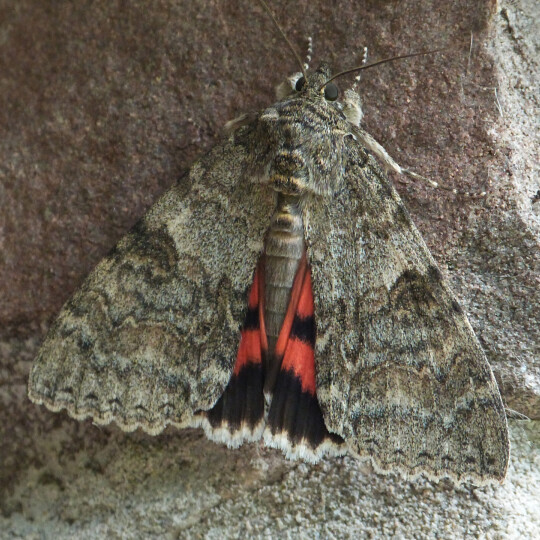Star-filled skies are one of the most magical sights our countryside has to offer. However, research shows that light pollution is leaving fewer stars than ever visible to the naked eye.
Light pollution not only affects humans but plants & wildlife too. For example, artificial lighting affects moth behaviour.
Moths play an important role in pollinating flowers during their nocturnal activity and have declined in abundance by 40% in 40 years. Their cycles might have been disrupted by light pollution but studies show this can be alleviated, particularly by the use of part-time night lighting. Switching lights off for a portion of the night has the most benefit.
Count the stars to measure light pollution
You could help to track how light levels are changing by taking part in the 2020 Star Count. Held by the British Astronomical Association & CPRE, the results are used to map the levels of light pollution across the country.
It’s a great, easy piece of stargazing – no telescopes required - for kids and adults. Choose a clear night between 21-28 February 2020, (a time when there will be little or no moonlight) and look to the skies to see how many stars you can spot within Orion. Count all the stars you see within the area illustrated below but not the 4 corner stars.
We'll post again closer to the time but for more info on the 2019 star count visit britastro.org.uk
Visit the CPRE Night Blight website for interactive maps of light pollution in your area and tips how to take action on local light pollution.

